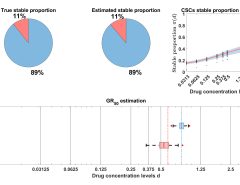Authors: Giuseppe Paolo, Jonas Gonzalez-Billandon, Balázs Kégl
Published on: February 06, 2024
Impact Score: 8.3
Arxiv code: Arxiv:2402.03824
Summary
- What is new: Introduces a theoretical framework for Embodied AI, emphasizing its potential as the next step towards Artificial General Intelligence and how it differs from traditional AI models like Large Language Models.
- Why this is important: Current AI advancements are limited by a lack of embodiment, restricting AI’s ability to interact with and learn from the real world in a holistic manner.
- What the research proposes: The proposed solution involves adopting Embodied AI, which integrates perception, action, memory, and learning within a unified framework based on cognitive architectures and aligned with Friston’s active inference principle.
- Results: The paper lays down foundational guidelines for future research in Embodied AI, aiming to create agents capable of seamless interaction with humans and other entities in real-world environments.
Technical Details
Technological frameworks used: Cognitive architectures, Friston’s active inference principle
Models used: Embodied AI models
Data used: nan
Potential Impact
The technology sector, particularly companies involved in AI development, robotics, smart home devices, and virtual assistants, could be significantly impacted. It may also open new opportunities in healthcare, education, and service industries.
Want to implement this idea in a business?
We have generated a startup concept here: EmbodifyAI.


Leave a Reply